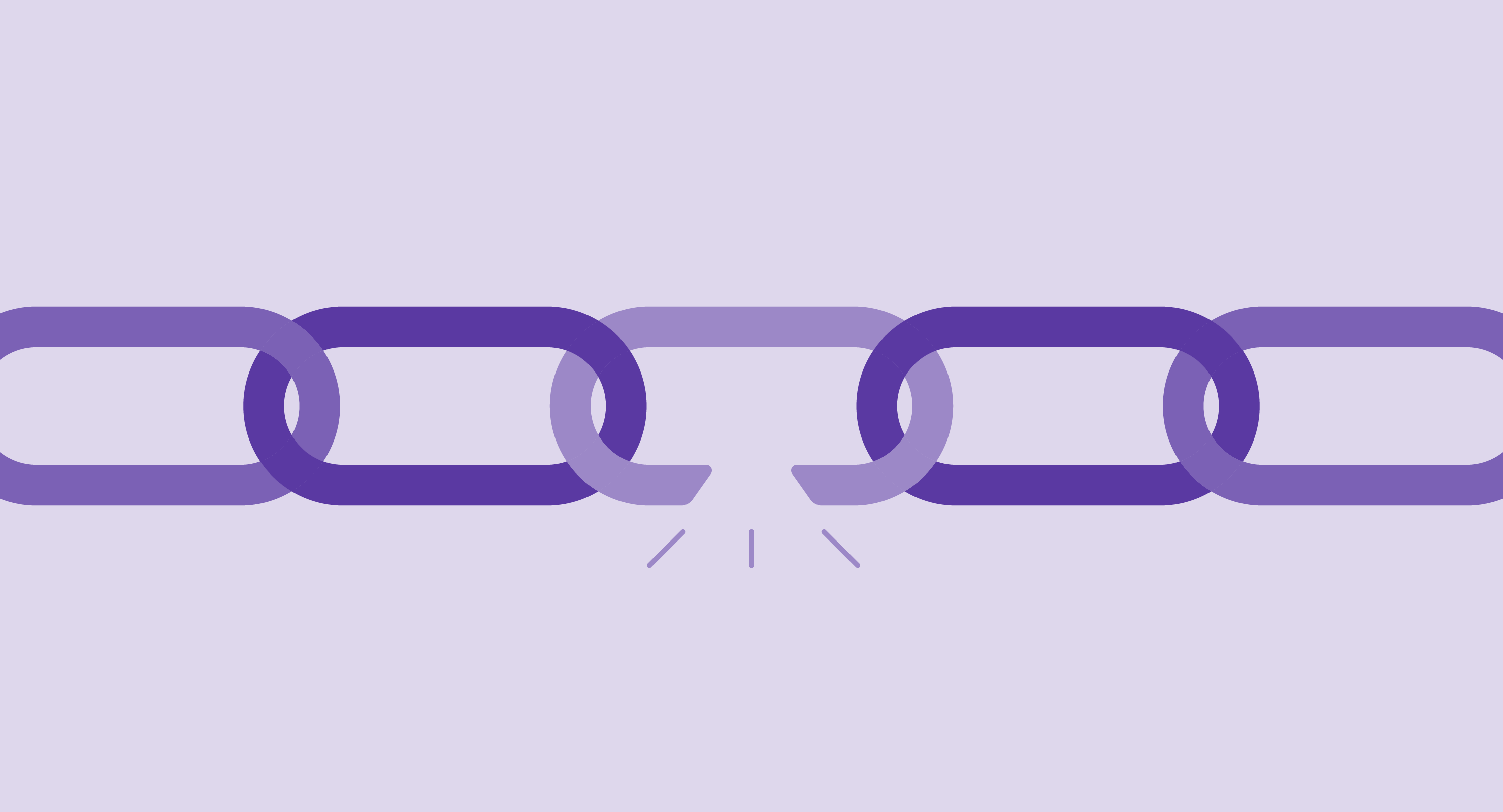March 24, 2021
 by Sagar Joshi / March 24, 2021
by Sagar Joshi / March 24, 2021

Security vulnerabilities are a consistent threat to cybersecurity.
Attackers exploit them to gain unauthorized access to your assets and fulfill their malicious intent. When such vulnerabilities are newly discovered, they serve as a wild card for attackers to penetrate your systems and catch you by surprise.
At times there can be a slight delay in releasing the patch and fixing the security weakness. An attacker can reap the benefit of such an opportunity and exploit the zero-day vulnerability to access your assets.
You should prevent malicious security threats at all times. It’s also advisable to have an incident response strategy to handle the adversity if it comes knocking on your digital doorstep.
A zero-day vulnerability is a newly identified security weakness in a software or system that hasn’t received the blessing of a patch to keep attackers at bay.
It can be a software vulnerability unknown to those interested in remediating it. A security bug discovered or disclosed before its patch came into light, or a new security weakness where the company released the patch but wasn’t implemented through an update.
Zero-day vulnerabilities have the potential to cause severe damage to your information and sensitive data. When such situations prevail, being proactive and reactive will help you avoid or minimize the extent of its damage.
Scan your assets periodically to check for security vulnerabilities and identify any gaps you can bridge. Vulnerability scanners are a trustable and proactive software solution to deal with zero-day threats. The vulnerability scanner might not unveil the actual zero-day vulnerability as its signature is unknown. But it’ll help you fix known vulnerabilities that attackers might use to conduct a zero-day exploit first hand.
Make sure you are set with a robust vulnerability management program in your organization. The program should include vulnerability scanning, prioritization, remediation, patching, and reporting, allowing you to be proactive in identifying new vulnerabilities and managing them effectively.
Another important aspect in preventing exploits on zero-day vulnerabilities is being reactive, i.e. installing security updates as they are released. A software update contains a security patch that fixes a software application or a system security’s weaknesses and builds a strong line of defense against zero-day exploits.
You can put up an unparalleled defense against zero-day attacks if you take these measures:
Most security solution providers will release a solution as soon as a new vulnerability embarks on cyberspace. Implement those solutions to mitigate the security risk of a zero-day attack.
Detection of zero-day vulnerability is the first step in protecting your assets against it. These vulnerabilities often challenge antivirus or intrusion detection systems, as they don’t have a known signature.
The best solution in such situations is security information and event management (SIEM). SIEM software will help the security teams to identify any anomalies detected in the system and gather threat intelligence. These anomalies may be unknown threats, unapproved access, or new malware, including worms, ransomware, or other malicious programs. With digital forensic analysis, SIEM software will better protect the teams against zero-day vulnerabilities.
Zero-day attack prevention is tricky. But there are a few protective measures you can take to avoid an encounter.
At times, zero-day exploits might impact your assets even after ensuring the best information security practices. Nevertheless, these best practices will prevent your systems from attackers using the same zero-day exploit after the vulnerability is patched.
The first thing that follows setting preventive measures is staying informed about the know-hows of a zero-day exploit. You should be aware of the common methods through which attackers can create a zero-day attack on your assets.
There are a variety of ways in which a zero-day attack can affect your assets, the common ones are as follows:
One of the most recent examples of zero-day vulnerability rests within Microsoft Exchange. On March 2, 2021, the company warned about four zero-day vulnerabilities being exploited in the wild against US governmental agencies. Microsoft urged their customers to apply patches as quickly as possible, but as it often happens with zero-days, cybercriminals are fast to exploit them.
Other well-known zero-day attacks include:
Zero-day vulnerabilities are an alarming concern for security researchers. They can catch an organization by surprise and yield damage despite them being on point with the best cybersecurity practices.
You must always be proactive in deploying and implementing patches of new vulnerabilities, and at the same time, be prepared to handle adversity if it comes.
We tested the 7 best patch management software for 2025. Read our honest review of their features, pros, and cons.
Sagar Joshi is a former content marketing specialist at G2 in India. He is an engineer with a keen interest in data analytics and cybersecurity. He writes about topics related to them. You can find him reading books, learning a new language, or playing pool in his free time.
Whether they’re employed in the classroom or in the office, it’s no secret that learning...
 by Rob Browne
by Rob Browne
A remote desktop is a software tool or an operating system feature that lets users access a...
 by Sagar Joshi
by Sagar Joshi
Engineers develop software that makes our lives easier. A lot goes into their process because...
 by Sagar Joshi
by Sagar Joshi
Whether they’re employed in the classroom or in the office, it’s no secret that learning...
 by Rob Browne
by Rob Browne
A remote desktop is a software tool or an operating system feature that lets users access a...
 by Sagar Joshi
by Sagar Joshi


